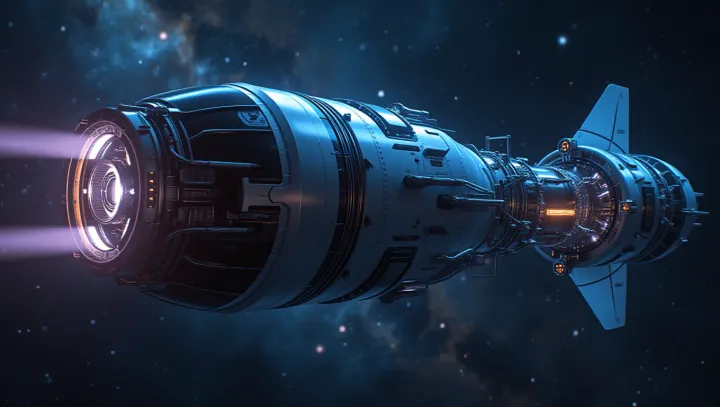Essential Technologies for Space Travel

In recent developments within the aerospace sector, rocket engines and advanced navigational systems stand at the forefront of technologies facilitating human and unmanned missions into space. As outlined by leading research bodies at the Kennedy Space Center, these technologies continue to evolve, offering more efficiency, power, and safety in reaching space. Spaceships, vehicles designed to travel in outer space, heavily rely on sophisticated propulsion systems such as liquid-fueled and solid-fueled rocket engines.
These engines generate the necessary thrust to escape Earth's gravity, a fundamental requirement for space missions. Liquid engines, due to their controlled combustion and efficiency, are widely used in current space exploration. Furthermore, advanced navigational systems equipped with autonomous guidance and real-time decision-making capabilities are critical.
They ensure precise maneuvering of spaceships, crucial for successful docking and landing on extraterrestrial terrains. Technologies here include Inertial Navigation Systems (INS) and satellite-based tracking systems, allowing seamless navigation. With the advent of new space missions aiming at Mars and beyond, continuous research and development in this field are essential.
Experts like Dr. Elaine Harris emphasize the importance of investing in cutting-edge technologies to enhance reliability and reduce the costs associated with space travel, signaling a new era of interstellar exploration.
